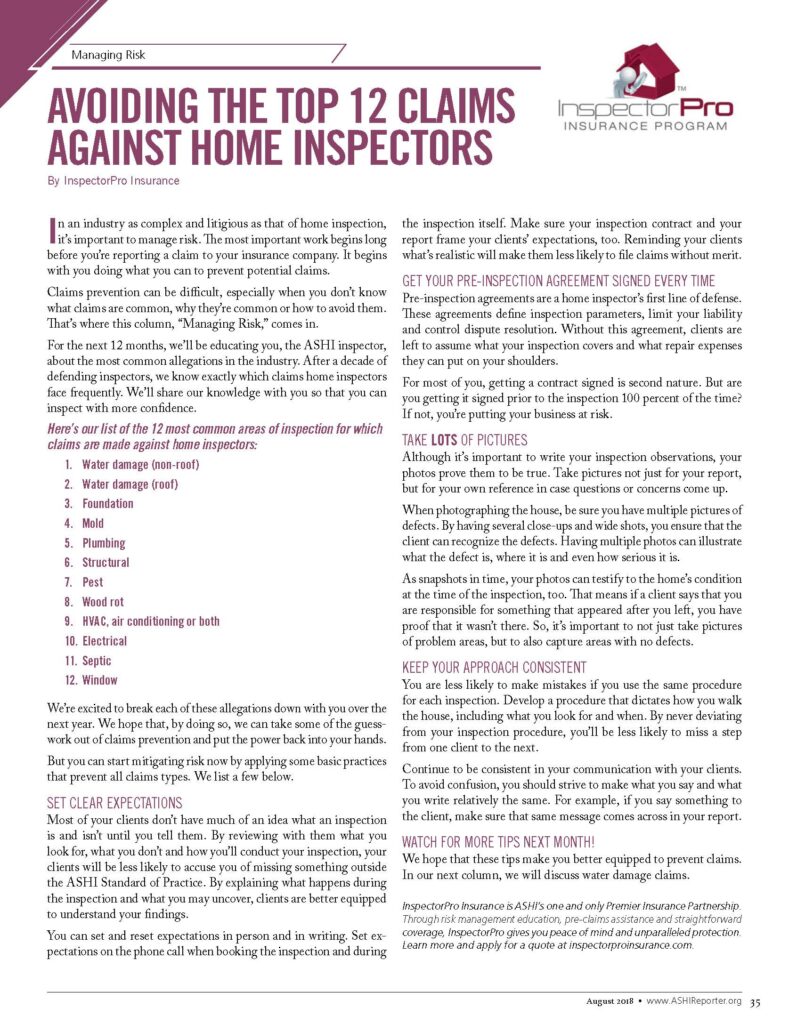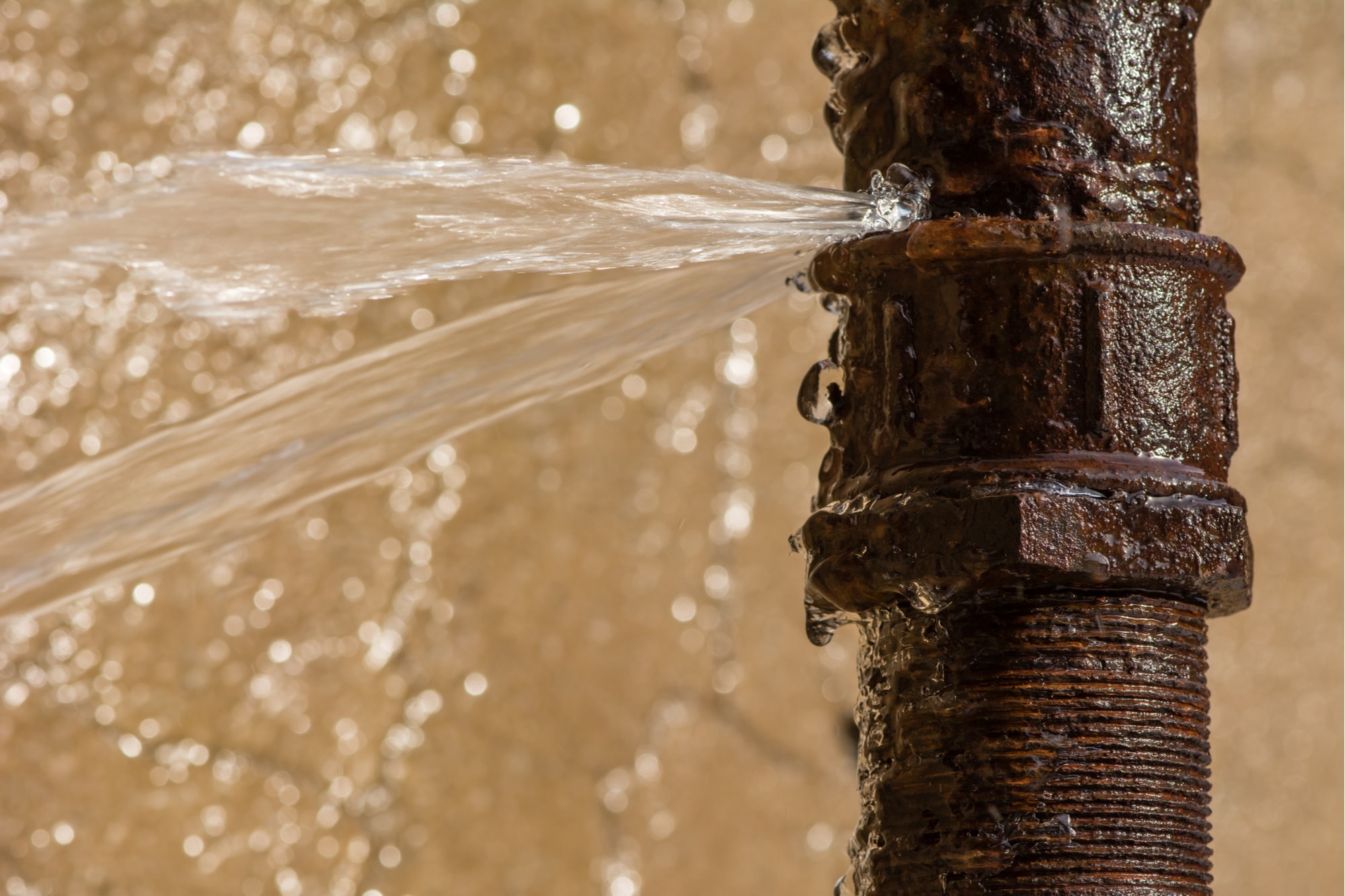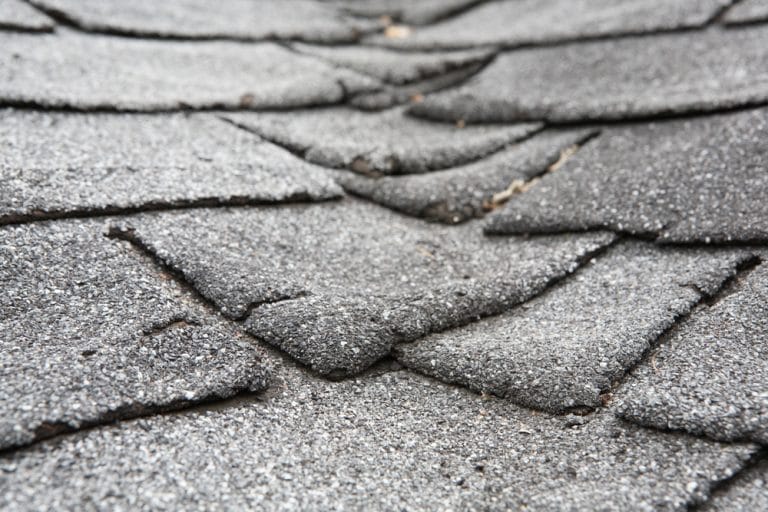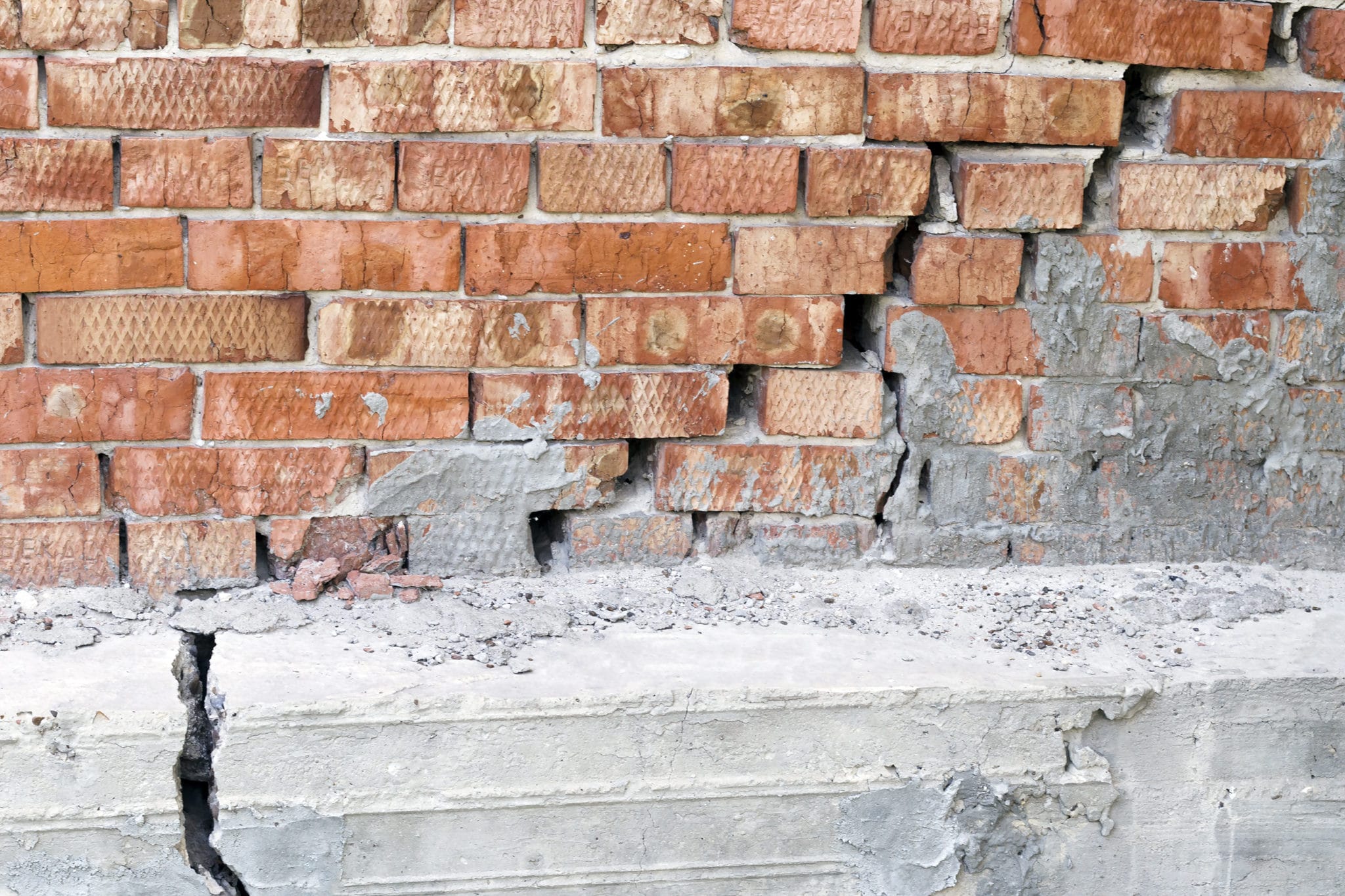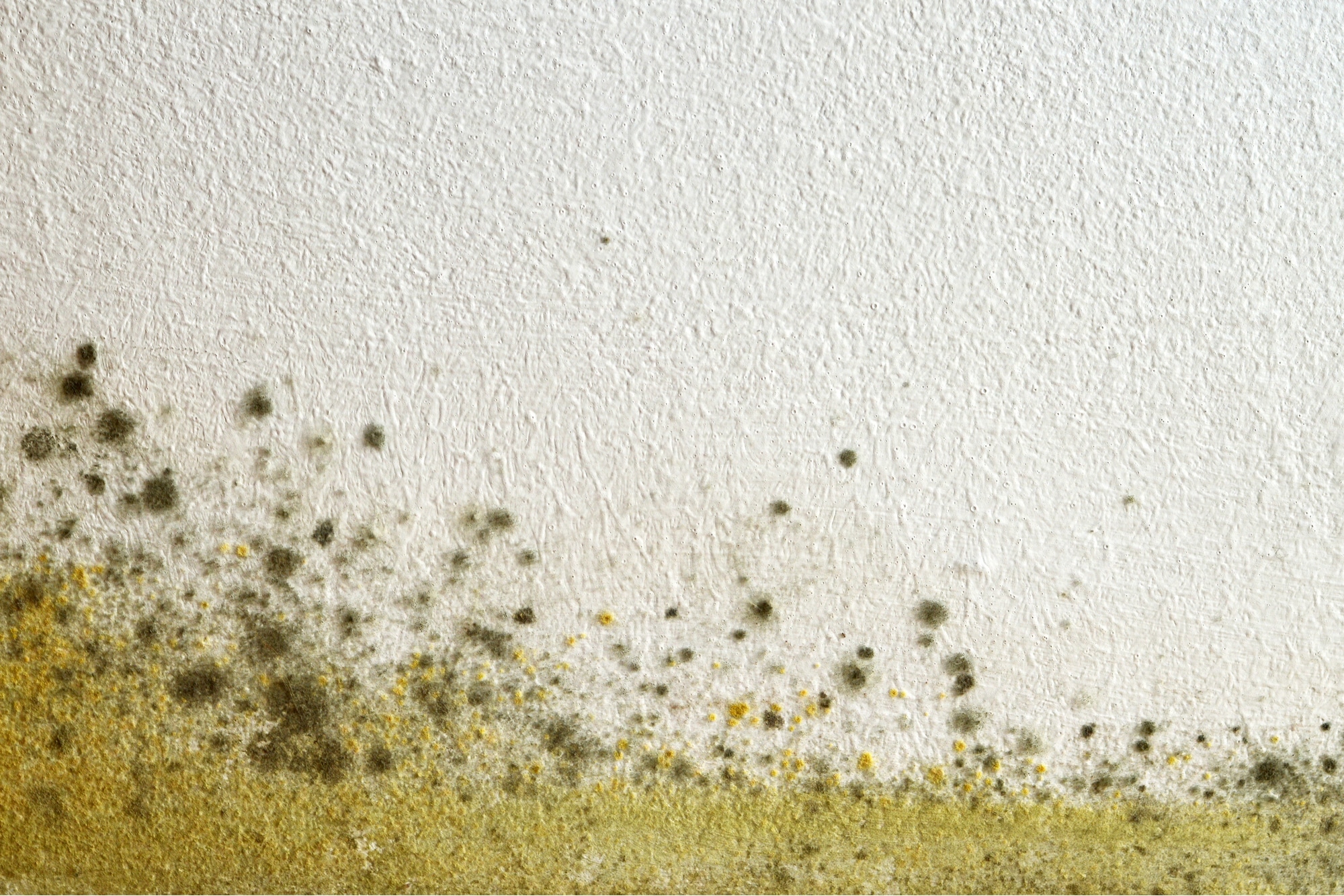Avoiding the Top 12 Claims Against Home Inspectors
Last Updated November 8, 2023
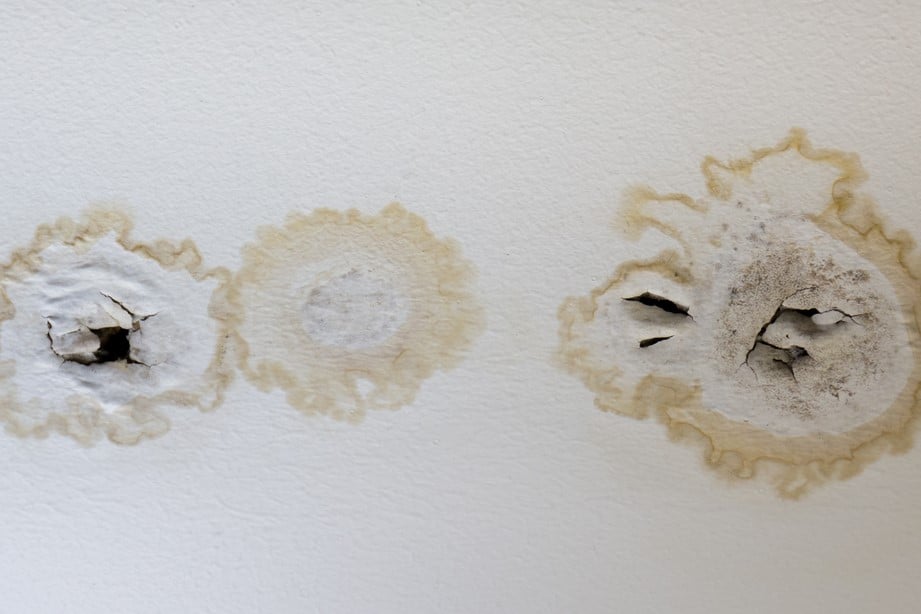
In an industry as complex and litigious as that of home inspection, it’s important to manage risk. The most important work begins long before you’re reporting a claim to your insurance company. It begins with you doing what you can to prevent potential claims.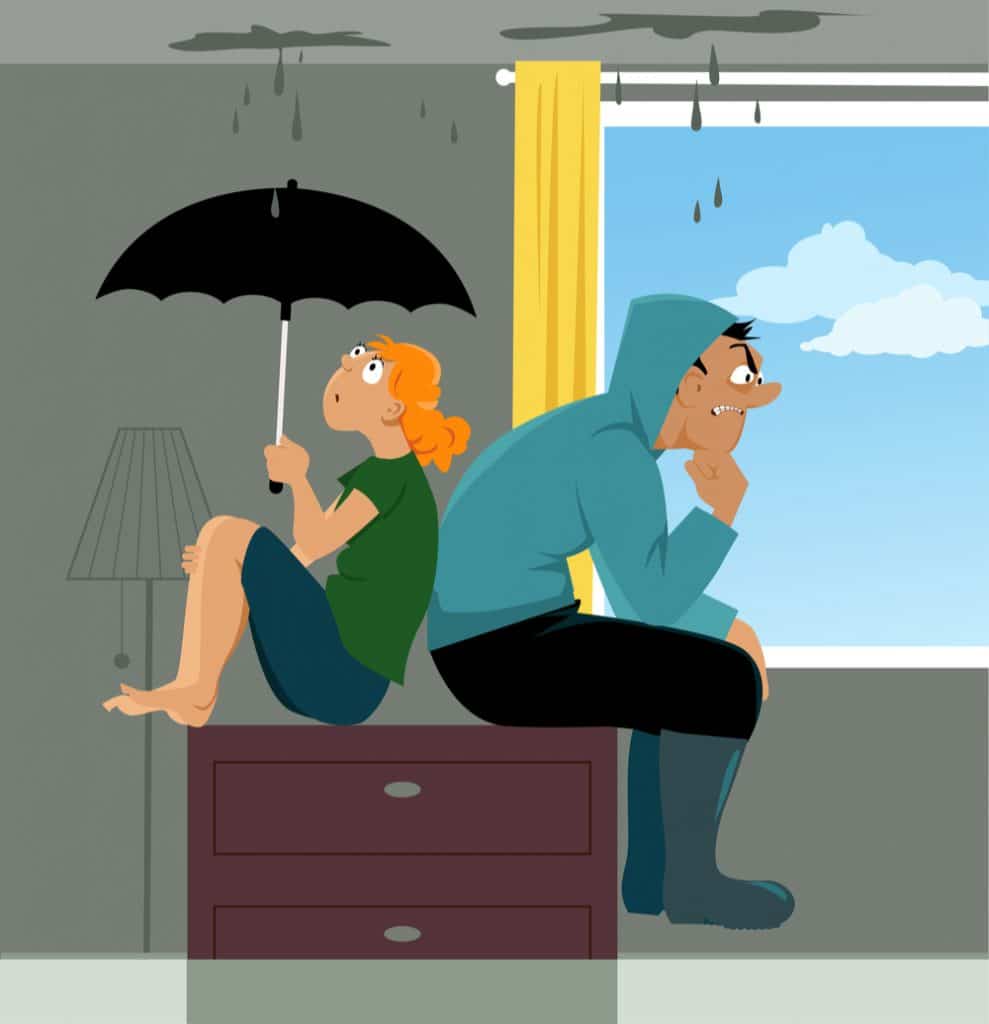
Claims prevention can be difficult, especially when you don’t know what claims are common, why they’re common or how to avoid them.
For the next 12 months, we’ll be educating you about the most common allegations in the industry. After a decade of defending inspectors, we know exactly which claims home inspectors face frequently. We’ll share our knowledge with you so that you can inspect with more confidence.
Here’s our list of the 12 most common areas of inspection for which claims are made against home inspectors:
- Water damage (non-roof)
- Water damage (roof)
- Foundation
- Mold
- Plumbing
- Structural
- Pest
- Wood rot
- HVAC, air conditioning or both
- Electrical
- Septic
- Window
We’re excited to break each of these allegations down with you over the next year. We hope that, by doing so, we can take some of the guesswork out of claims prevention and put the power back into your hands.
But you can start mitigating risk now by applying some basic practices that prevent all claims types. We list a few below.
Set clear expectations.
Most of your clients don’t have much of an idea what an inspection is and isn’t until you tell them. By reviewing with them what you look for, what you don’t and how you’ll conduct your inspection, your clients will be less likely to accuse you of missing something outside the Standard of Practice. By explaining what happens during the inspection and what you may uncover, clients are better equipped to understand your findings.
You can set and reset expectations in person and in writing. Set expectations on the phone call when booking the inspection and during the inspection itself. Make sure your inspection contract and your report frame your clients’ expectations, too. Reminding your clients what’s realistic will make them less likely to file claims without merit.
Get your pre-inspection agreement signed every time.
Pre-inspection agreements are a home inspector’s first line of defense. These agreements define inspection parameters, limit your liability and control dispute resolution. Without this agreement, clients are left to assume what your inspection covers and what repair expenses they can put on your shoulders.
For most of you, getting a contract signed is second nature. But are you getting it signed prior to the inspection 100 percent of the time? If not, you’re putting your business at risk.
Take LOTS of pictures.
Although it’s important to write your inspection observations, your photos prove them to be true. Take pictures not just for your report but for your own reference in case questions or concerns come up.
When photographing the house, be sure you have multiple pictures of defects. By having several close-ups and wide shots, you ensure that the client can recognize the defects. Having multiple photos can illustrate what the defect is, where it is and even how serious it is.
As snapshots in time, your photos can testify to the home’s condition at the time of the inspection, too. That means, if a client says that you are responsible for something that appeared after you left, you have proof that it wasn’t there. So, it’s important to not just take pictures of problem areas but to also capture areas with no defects.
Keep your approach consistent.
You are less likely to make mistakes if you use the same procedure for each inspection. Develop a procedure that dictates how you walk the house, including what you look for and when. By never deviating from your inspection procedure, you’ll be less likely to miss a step from one client to the next.
Continue to be consistent in your communication with your clients. To avoid confusion, you should strive to make what you say and what you write relatively the same. For example, if you say something to the client, make sure that same message comes across in your report.
We hope that these tips make you better equipped to prevent claims. In our next article, we will discuss water damage claims.
This article appeared in the ASHI Reporter in August 2018. See how this story appears in print below.
